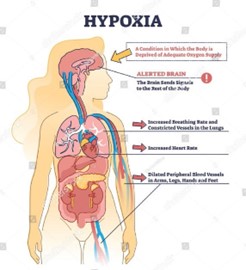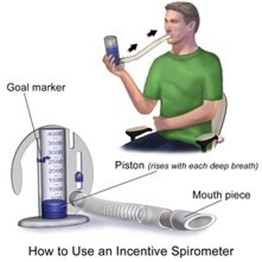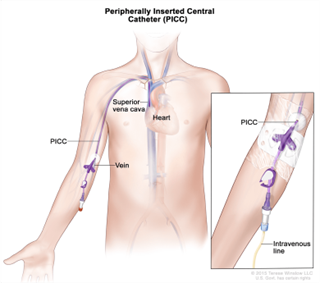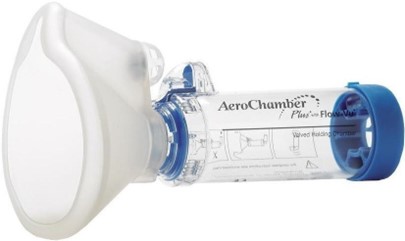The nurse provides care for the client with an asthma crisis experiencing hypoxia. Which lung sound would the nurse expect to auscultate on the physical assessment?
Vesicular sounds
Wheezing sounds
Crackles sounds
Bronchovesicular sounds
The Correct Answer is B
When someone has asthma, their lungs may produce a wheezing sound when they breathe in and out. Narrowed airways and restricted air movement through the lungs may be responsible for the wheezing sound.

Nursing Test Bank
Naxlex Comprehensive Predictor Exams
Related Questions
Correct Answer is C
Explanation
An Incentive Spirometer is a device that helps patients take deep breaths and improve their lung function. It encourages patients to take deep breaths and to hold them for a few seconds. The device also helps to monitor and measure lung volume. By using an incentive spirometer, MA can expand her lung volume as much as possible and allow for proper oxygen blood exchange within the alveoli. This is an important technique to help prevent pneumonia and other respiratory complications.
The other options mentioned, 4L of oxygen via Nasal Cannula, Fluter Valve, and Abdominal Binder, are not appropriate devices to help MA achieve proper breathing techniques and expand lung volume. 4L of oxygen via Nasal Cannula is used to provide supplemental oxygen to patients who have difficulty breathing. Fluter Valve is a handheld device used for airway clearance in patients with chronic obstructive pulmonary disease (COPD) or cystic fibrosis. An abdominal binder is a wrap that is placed around the abdomen to support the abdominal muscles and help reduce pain after surgery or injury. These devices do not help improve lung function and are not appropriate for MA's condition.

Correct Answer is A
Explanation
Before pumping the medication into the chamber, you should educate the patient to exhale. This means that the patient should breathe out fully before using the inhaler. This helps to empty the lungs of air and create more space for the medication to be inhaled.


Whether you are a student looking to ace your exams or a practicing nurse seeking to enhance your expertise , our nursing education contents will empower you with the confidence and competence to make a difference in the lives of patients and become a respected leader in the healthcare field.
Visit Naxlex, invest in your future and unlock endless possibilities with our unparalleled nursing education contents today
Report Wrong Answer on the Current Question
Do you disagree with the answer? If yes, what is your expected answer? Explain.
Kindly be descriptive with the issue you are facing.
